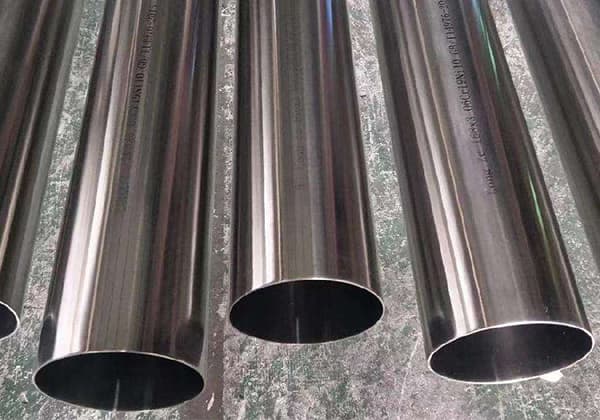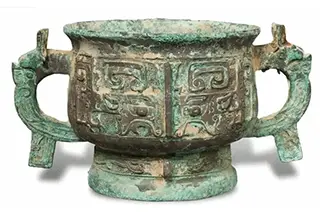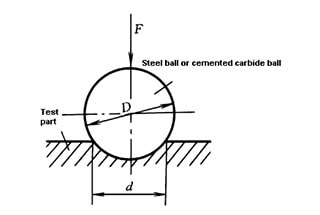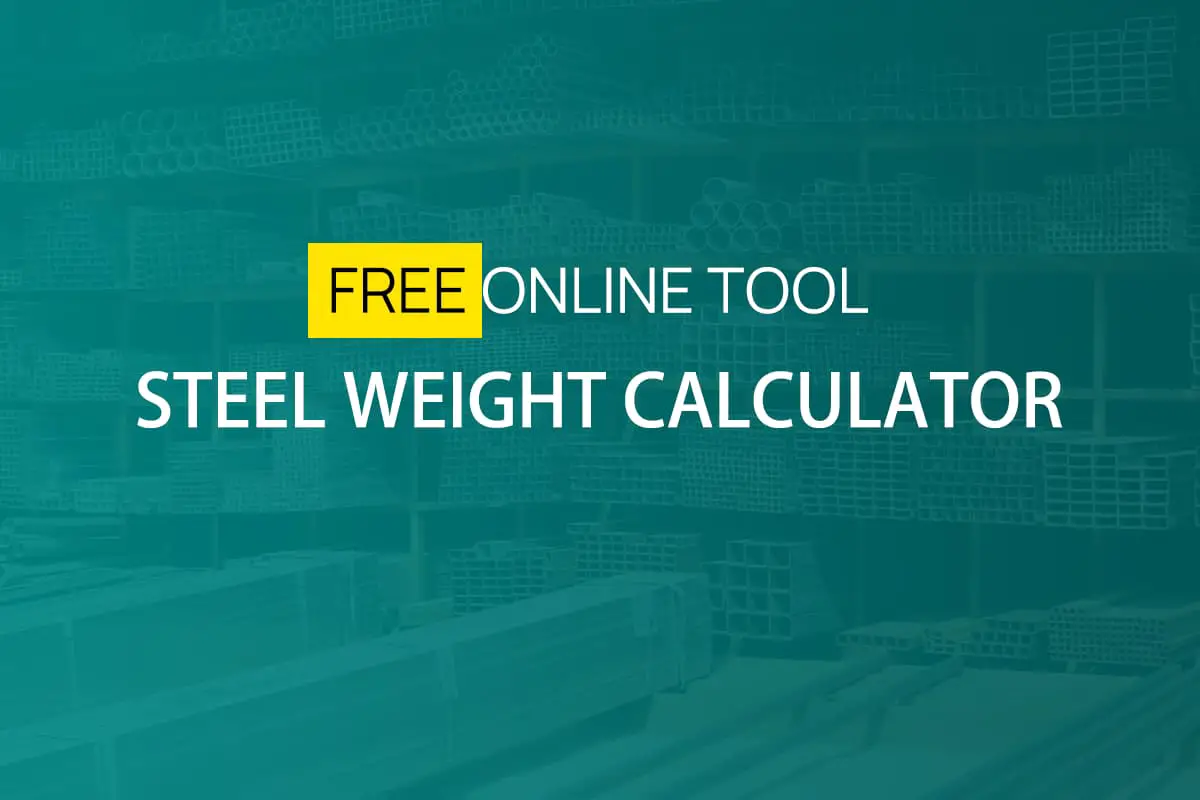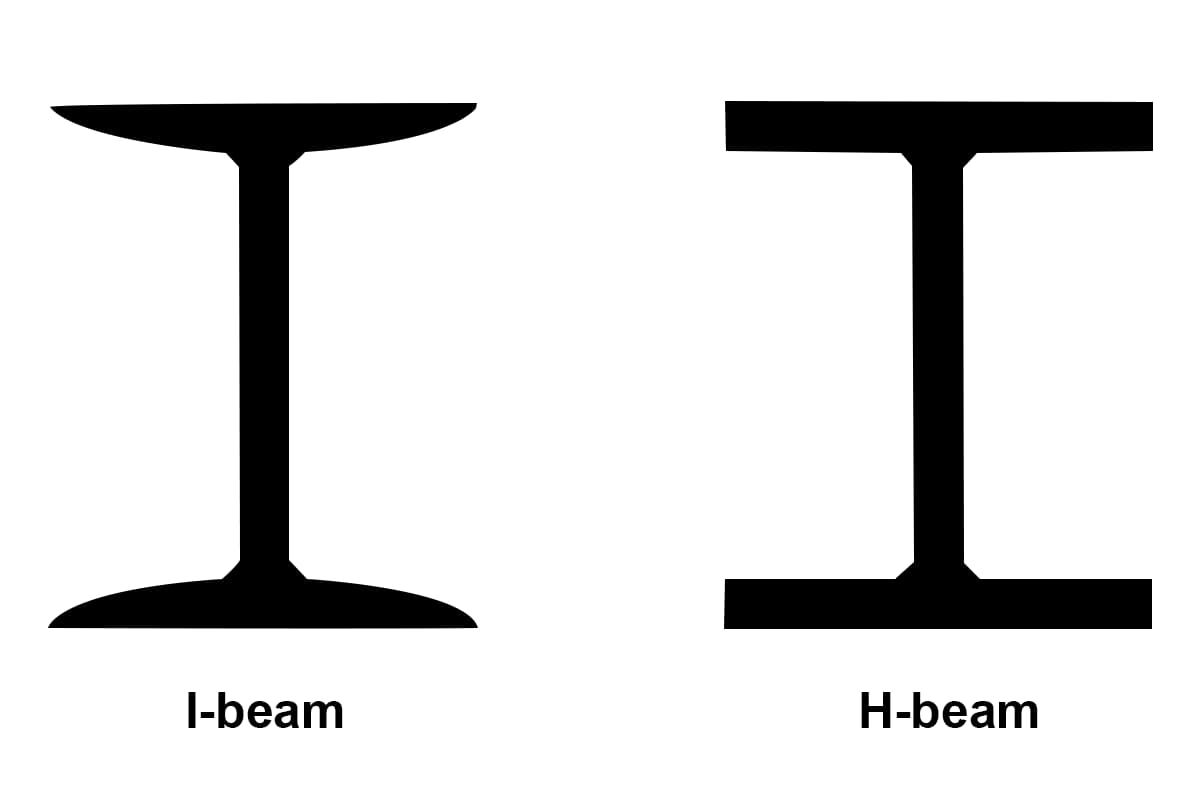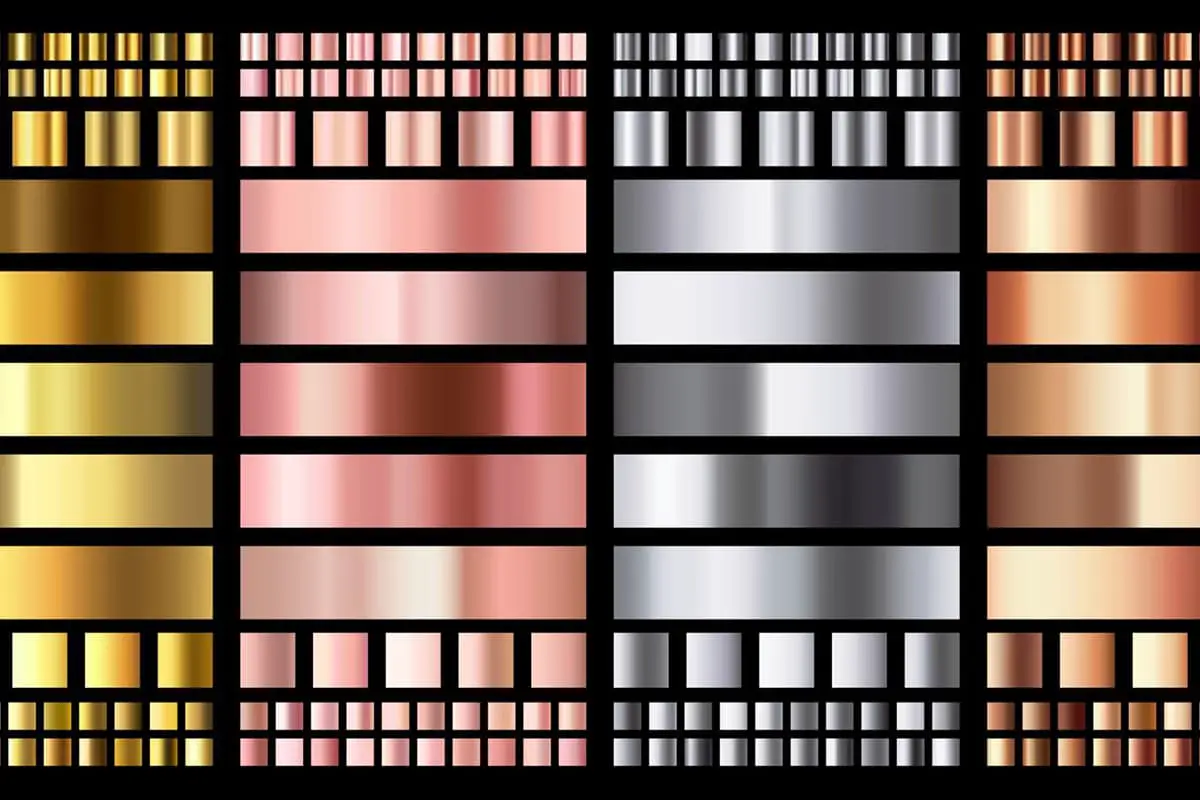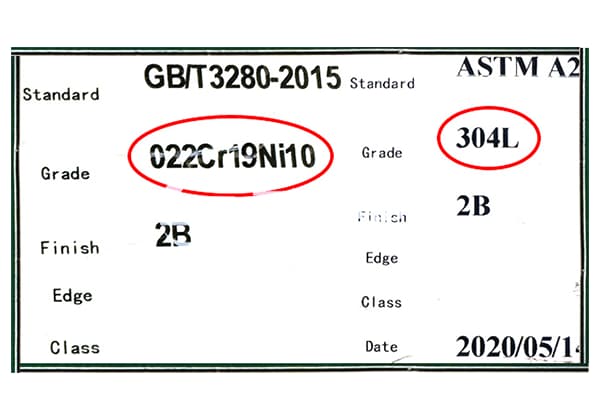
Have you ever wondered what makes the steel structures around us so reliable and strong? This article explores the fascinating world of steel profiles, from simple shapes like square and round steel to complex forms like I-beams and H-steel. Learn how these essential materials are classified and used in construction, and discover the advantages they bring to modern engineering projects.
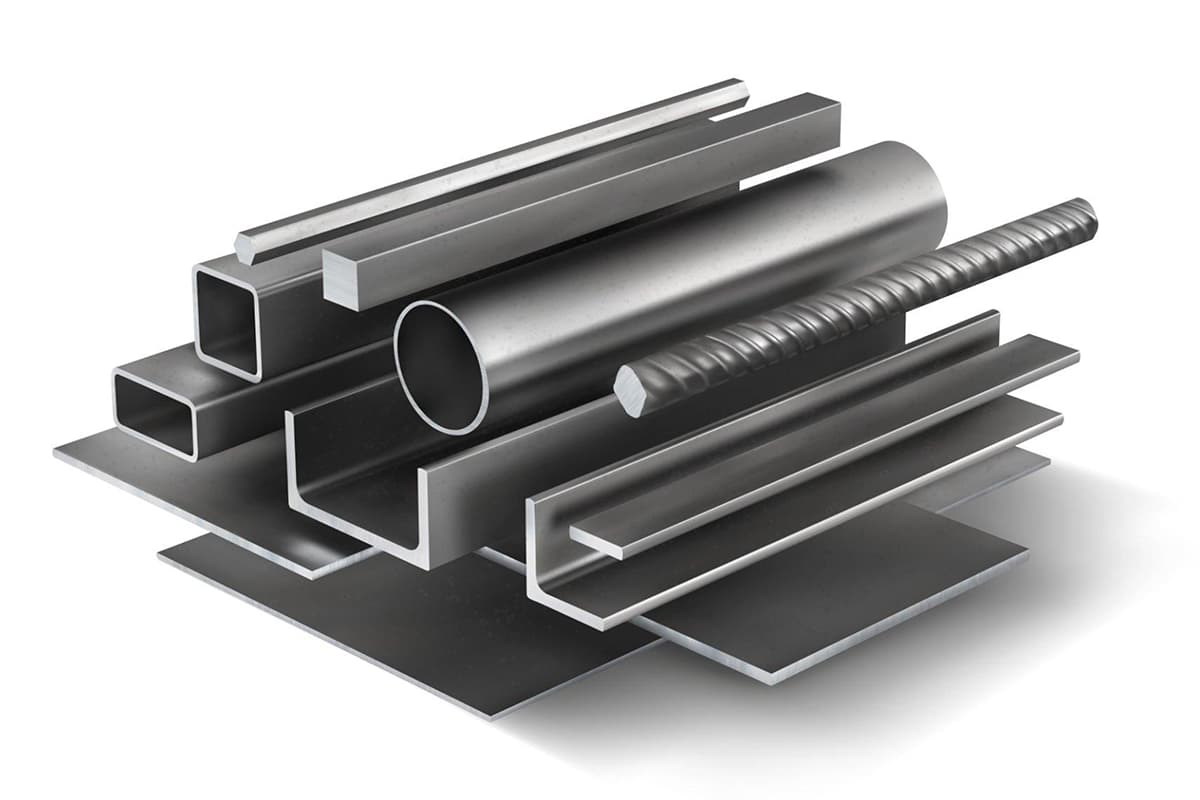
① Square steel – hot-rolled square steel, cold-drawn square steel;
② Round steel – hot-rolled round steel, forged round steel, cold-drawn round steel
③ Wire rod;
④ Flat steel;
⑤ Spring flat steel;
⑥ Angle steel – equal angle steel, unequal angle steel;
⑦ Triangle steel
⑧ Hexagonal steel;
⑨ Bow-shaped steel;
⑩ Elliptical steel

① I-beam – ordinary I-beam, light I-beam
② Channel steel – hot-rolled channel steel (ordinary channel steel, light channel steel), bent channel steel
③ H-beam (also known as wide-leg I-beam)
④ Steel rail – heavy rail, light rail, crane rail, other special rails
⑤ Window frame steel
⑥ Steel sheet piles
⑦ Bent section steel – cold-formed steel, hot-formed steel
⑧ Others
| Profiles | Large | Medium-sized | Small-sized |
| I-beam | Height ≥ 180mm | Height<180mm | / |
| Channel steel | Height ≥ 180mm | Height<180mm | / |
| Equilateral angle steel | Edge width 2160mm | Edge width 50-140mm | Edge width 20-45mm |
| Unequal angle steel | Edge width ≥ 160 × 100mm | Edge width 140 × 90-50 × 32mm | Edge width ≤ 45 × 28mm |
| Round steel | Diameter ≥ 90mm | Diameter 38-80mm | Diameter 10-36mm |
| Square steel | Edge width 290mm | Edge width 50-75mm | Edge width 10-25mm |
| Flat steel | Width ≥ 120mm | Width 60-100mm | Width 12-55mm |
| Threaded steel | / | Diameter ≥ 40mm | Diameter 10-36mm |
| Rivet steel | / | / | Diameter 10-22mm |
| Others | Special shaped steel: track shoes, steel sheet piles, etc | Special shaped steel, composite flat steel for small agricultural tools, etc | Special shaped steel, agricultural tool steel, window frame steel, etc |
Wire rods are hot-rolled round steel products, typically 5-9mm in diameter, with thread steel variants under 10mm. They are primarily supplied in coil form, produced by advanced coiling machines, and are also known as coil bars or coiled rounds.
The primary applications of wire rods include reinforcement in reinforced concrete structures, components in welding applications, and as raw materials for further processing such as wire drawing and staple manufacturing.
According to industry classifications, wire rods encompass several varieties:
The most common type is the ordinary low-carbon steel hot-rolled coil bar, often referred to as ordinary wire rod. These are hot-rolled from Q195, Q215, or Q235 grade ordinary carbon steel, with nominal diameters ranging from 5.5mm to 14.0mm.
Modern production methods employ no-twist high-speed wire rod mills, followed by controlled cooling processes. This advanced technology allows for a wider diameter range of 5.5-22.0mm and significantly increased coil weights. While traditional coils weigh between 100-200kg, state-of-the-art facilities can produce coils weighing up to 2500kg, enhancing efficiency in subsequent processing and handling.
Ordinary wire rods find extensive use in construction, wire drawing, packaging, welding rod production, and the manufacturing of fasteners such as bolts, nuts, and rivets. High-quality wire rods, on the other hand, are exclusively supplied as hot-rolled coil bars made from high-quality carbon structural steels like 08F, 10, 35Mn, 50Mn, 65, and 75Mn. These serve as raw materials for premium steel wires, specialized metal products, and critical structural components.
Industry convention typically classifies products above 8mm as high-quality profiles, while those below 8mm are categorized as metal products. Quality control for wire rods extends beyond strength requirements to include cold bending tests and dimensional checks, tailored to their intended applications. Surface quality is paramount, with strict controls to prevent defects such as cracks, folds, scabs, pits, delamination, and inclusions.
The continuous advancement in wire rod production technology, including precision controlled cooling and advanced rolling techniques, has significantly improved product quality, consistency, and the range of achievable properties. This progress enables wire rods to meet increasingly demanding requirements in various high-performance applications across industries.
The designation of hot rolled ribbed rebar is formed by the initials HRB and the minimum yield point of the grade. H, R, and B respectively stand for Hot rolled, Ribbed, and Bars. There are three grades of hot rolled ribbed rebar: HRB335 (old grade 20MnSi), HRB400 (old grades 20MnSiV, 20MnSiNb, 20MnTi), and HRB500.
① Promising Market Prospects for Vanadium Grade III Threaded Rebar
The new Vanadium Grade III Threaded Rebar (20MnSiV, 400Mpa), which incorporates alloys such as vanadium, niobium, and titanium during production, boasts higher strength, better toughness, superior welding performance, and good seismic resistance compared to ordinary Grade II Threaded Rebar.
In the construction markets of developed countries such as Europe, Grade III Threaded Rebar constitutes 80% of the total threaded rebar volume. High-strength Vanadium Grade III Threaded Rebar usage has reached 80-90% in countries like the UK, Germany, Australia, and Japan.
Introduced in China in 1995 by the former Ministry of Metallurgy and Ministry of Construction, the new Grade III Threaded Rebar technical specifications have been incorporated into the national standard GBJ10-89 “Concrete Structure Design Specifications”.
It has been implemented since January 1, 1997 and successfully applied in high-rise buildings, large power stations, bridges, tunnels, airports, and other engineering projects, demonstrating vast market potential. The Ministry of Construction aimed for the new Grade III Rebar to reach 50% of the total threaded rebar volume by 2002, and 80% by the end of the “10th Five-Year Plan”.
However, due to insufficient promotion, its usage is still significantly lower than the old Grade II 335Mpa ordinary threaded rebar. Therefore, vigorous promotion and marketing for the new Grade III Threaded Rebar is required.
② Advantages of Vanadium Grade III Threaded Rebar
A. Economical: Owing to its high strength, the new Grade III threaded rebar saves 10-15% of steel compared to Grade II, thereby reducing the construction cost.
B. High Strength and Good Toughness: Micro-alloying treatment yields a yield point above 400Mpa and tensile strength above 570Mpa, each 20% higher than Grade II threaded rebar.
C. Anti-Seismic: Vanadium rebar exhibits superior bend resistance, aging resistance, and low-cycle fatigue performance, rendering it far superior to Grade II threaded rebar in seismic resistance.
D. Weldable: With a carbon content ≤0.54%, it offers excellent weldability, accommodating a variety of welding methods with simple and convenient processes.
E. Convenient Construction: The new Grade III threaded rebar enlarges the construction gap, ensuring both construction convenience and quality.
Characterization of Hot-Rolled H-Steel
Hot-rolled H-steel, a versatile structural element, is classified into three main categories: wide flange H-steel (HK), narrow flange H-steel (HZ), and H-steel pile (HU). The standardized nomenclature for H-steel follows the format: Height H × Width B × Web Thickness t1 × Flange Thickness t2.
For instance, H-steel Q235 or SS400 200×200×8×12 denotes a wide flange H-steel with the following specifications:
Advantages and Applications of Hot-Rolled H-Steel
H-steel represents a significant advancement in economical construction materials, offering a combination of optimal section geometry and superior mechanical properties. Key advantages include:
Common applications of hot-rolled H-steel include:
The unique properties of H-steel make it a preferred choice in projects where optimized material usage, structural integrity, and ease of fabrication are paramount considerations.
Cold-formed steel is an economical, lightweight, thin-walled steel material, also known as steel cold-formed profile or cold-formed profile. It is formed by bending hot-rolled or cold-rolled strip steel into various cross-sectional shapes and sizes. Cold-formed steel exhibits the following characteristics:
1. Economical and rational cross-section, material-saving. The cross-sectional shape of cold-formed steel can be designed according to needs, with a reasonable structure and a higher sectional coefficient per unit weight compared to hot-rolled steel.
Under the same load, the weight of the components can be reduced, saving materials. When used in building structures, cold-formed steel can save 38-50% of the metal compared to hot-rolled steel, and when used in agricultural machinery and vehicles, it can save 15-60% of the metal. This facilitates construction and reduces overall costs.
2. Diverse varieties, capable of producing cold-formed steel profiles of uniform wall thickness and complex cross-sectional shapes that are difficult to produce using general hot-rolling methods, as well as cold-formed steel made of different materials.
3. The product surface is smooth and attractive, with precise dimensions, and the length can be flexibly adjusted according to needs. They are supplied entirely according to size or multiple sizes, improving material utilization.
4. The production process can be coordinated with punching and other operations to meet different needs.
Cold-formed steel comes in a variety of types. From a cross-sectional perspective, there are open, semi-closed, and closed types. The main products include cold-formed channel steel, angle steel, Z-shaped steel, cold-formed corrugated steel sheet, square tube, rectangular tube, electric welding special-shaped steel pipe, roller shutter door, etc.
The typically produced cold-formed steel is less than 6mm in thickness and less than 500mm in width. The products are widely used in industries like mining, construction, agricultural machinery, transportation, bridges, petrochemicals, light industry, and electronics.
High-quality profiles are shapes made from premium steel, categorized into hot-rolled (forged), cold-drawn (pulled), and other varieties.
Hot-rolled (forged) high-quality profiles include carbon structural steel, carbon tool steel, alloy structural steel, spring steel, stainless steel, bearing steel, alloy tool steel, mold steel, and high-speed tool steel.
Cold-drawn (pulled) high-quality profiles include carbon structural steel, carbon tool steel, alloy structural steel, spring steel, stainless steel, bearing steel, alloy tool steel, high-speed tool steel, free-cutting steel, cold heading steel, and S/5A. S/5A is a product often used for making artillery shells and bullet tips.
Other varieties are specialized high-quality profiles, including hollow steel, oxygen cylinder material, cold heading steel, industrial pure iron, hot-rolled free-cutting steel, D60, S/5A, F18, F11, and more. The latter few are military-grade materials.
High-quality profile steel comes in various sizes, with round and square steel classified by spec range, such as 8-10mm, 11-15mm, 18-20mm, 205-245mm. Flat steel is classified by cross-sectional area into large, medium, and small flats. Hexagonal steel is not classified by range.
However, the range of high-quality profile steel cannot replace specific specs, which should be provided in the documentation. High-quality profile specs are simple, with the majority being round steel. Additionally, square steel, flat steel, hexagonal steel, hollow steel, and special shapes are available.
The dimensional deviations of hot-rolled (forged) high-quality round, square, and hexagonal steel come in ordinary precision and higher precision. Cold-drawn profiles have more accurate dimensions and smoother surfaces, some of which are further polished or ground.
Round steel with refined surfaces through polishing or grinding is called bright steel. High-quality profiles are rarely used as is. They often undergo further processing and heat treatment at the user’s facility. Therefore, in addition to ensuring the chemical composition, it’s crucial to guarantee the mechanical properties after heat treatment.

